The Shramajeevi Ashram
Charaka Mahila Vividdodesha Kaigarika Sahakari Sangha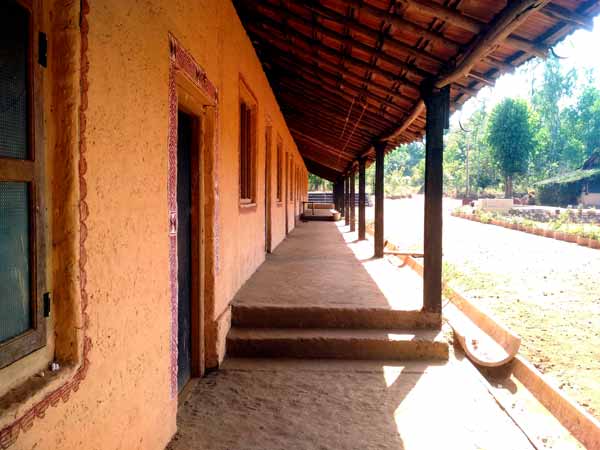
Charaka, in collaboration with Desi Trust and Kavi-Kavya Trust, established the Shramajeevi Ashram to provide training in rural industrial production processes. The Ashram allows people to benefit from the opportunity of participating in an immersive training process. Artists, researchers, activists, and experts in various fields from across the country and abroad visit the Ashram and conduct workshops, seminars and training programmes during their stay. The Ashram serves as a local resource centre and a site for interactive learning.
Research and development
The Shramajeevi Ashram has a fully equipped natural dyeing facility and an inhouse laboratory for research and development in natural dyes. A team of professionals is working at this centre under the guidance of the internationally renowned expert in natural dyes, Smt. Jagada Rajappa. This is one of the only centres in the country dedicated to conducting scientific research in natural dyes.
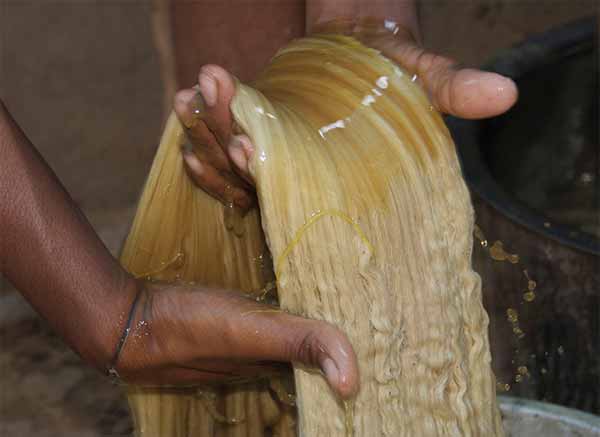
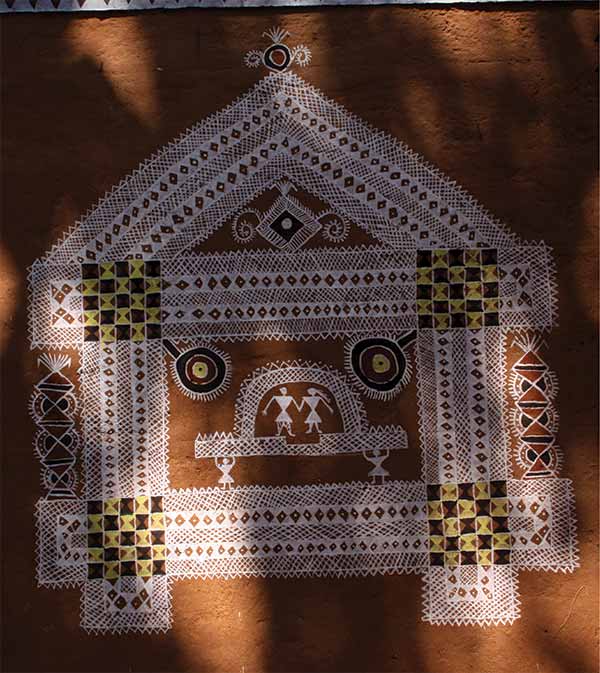
Art preservation
“Hase” art is an important visual folk art form in Karnataka. Charaka has worked to promote this art form by incorporating traditional motifs into its readymade garments.
Hase Chittara is a traditional folk art form that originated in the state of Karnataka, India. It is a form of wall painting that is used to decorate the walls of houses and public spaces during festivals and other celebrations.
Hase Chittara is an important part of Karnataka’s cultural heritage and has been passed down through generations of artists. It is often used as a way to promote community bonding and cultural identity. However, like many traditional art forms, Hase Chittara is facing the threat of extinction due to the growing popularity of modern art forms and changing cultural attitudes. Efforts are being made to preserve and promote Hase Chittara.
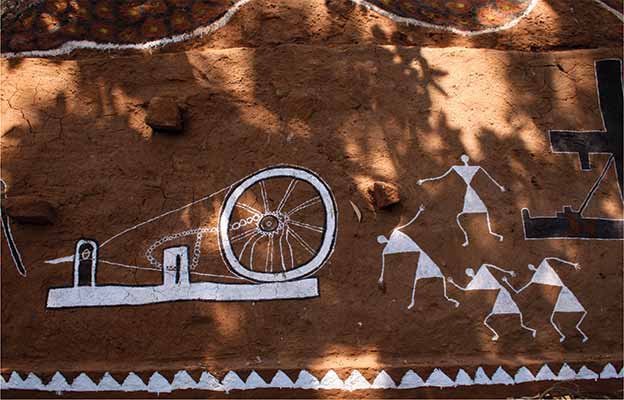
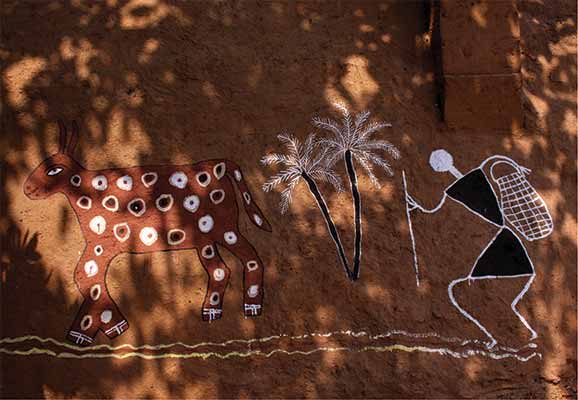
Design Studio
Design research and trend analysis: The design team can undertake research into sustainable materials, techniques, and trends to inform their design decisions.
Collaborative design workshops: The design studio can host collaborative workshops with the production team, suppliers, and local communities to explore sustainable design practices and co-create designs that are environmentally conscious.
Environmental impact assessment: The design studio can conduct an environmental impact assessment of their designs to evaluate their carbon footprint and identify areas for improvement.
Overall, the design studio for a sustainable garment unit prioritizing sustainability and focus on creating environmentally conscious designs that minimize waste and promote sustainable practices.
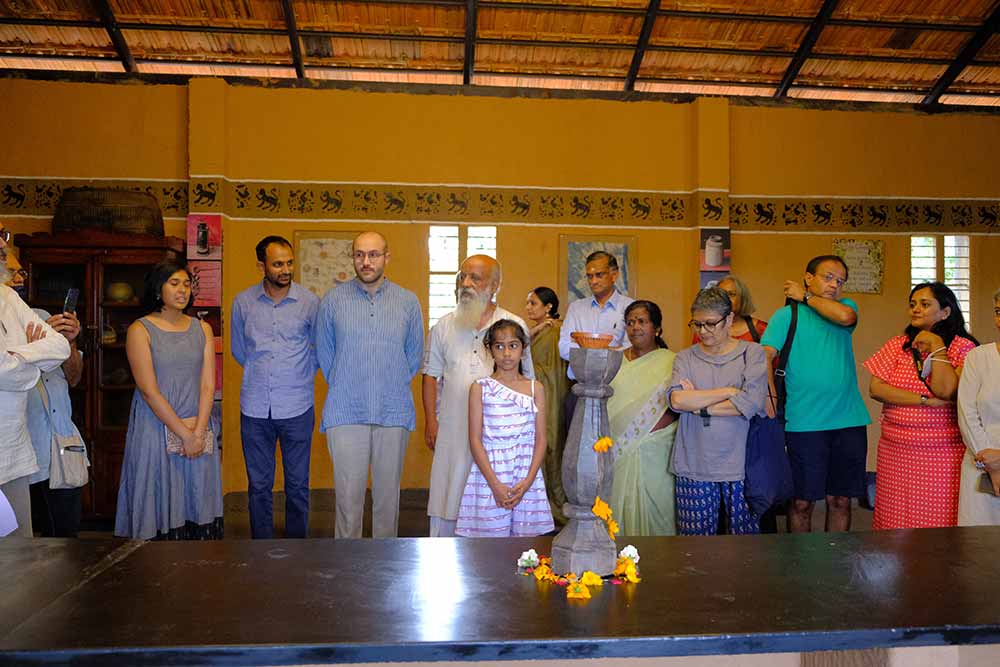
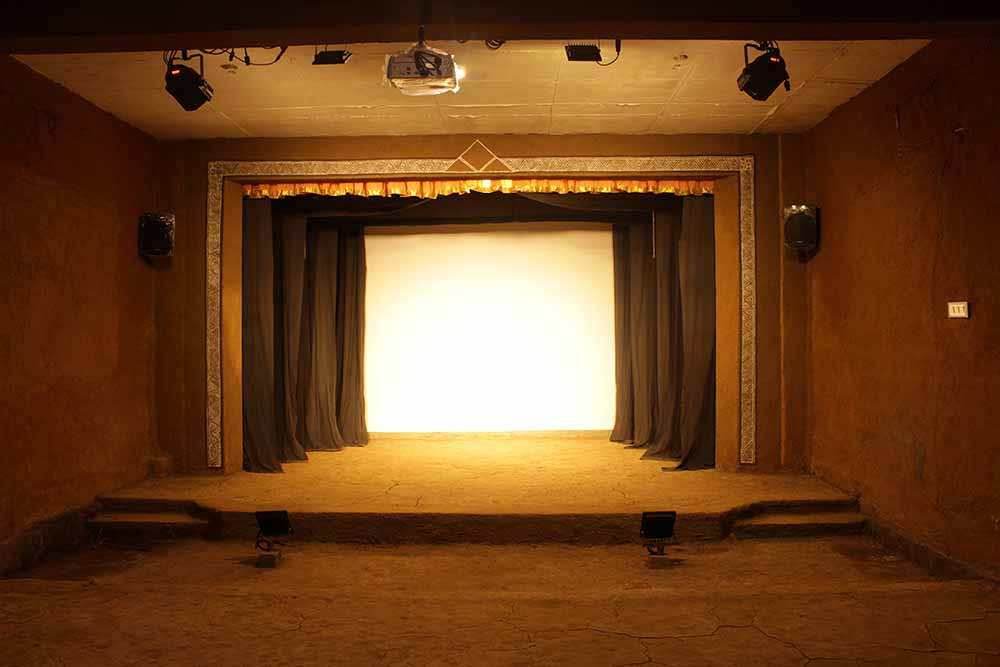
Auditorium
It is a large room designed to host events, performances, lectures, and other presentations. It typically includes a stage, seating, lighting, and sound equipments. Auditorium is designed to provide a functional and comfortable space for presentations and performances, with the necessary equipment to support both performers and audience members.
Library
We have a good library which provides access to a variety of resources, including books, magazines, newspapers and research materials. It serves as a hub for learning, research, and community engagement, and provides a comfortable and welcoming environment for people of all ages and backgrounds.
Our library provides a comfortable and welcoming environment for visitors. This includes ample seating, study spaces, and quiet areas for reading and research.
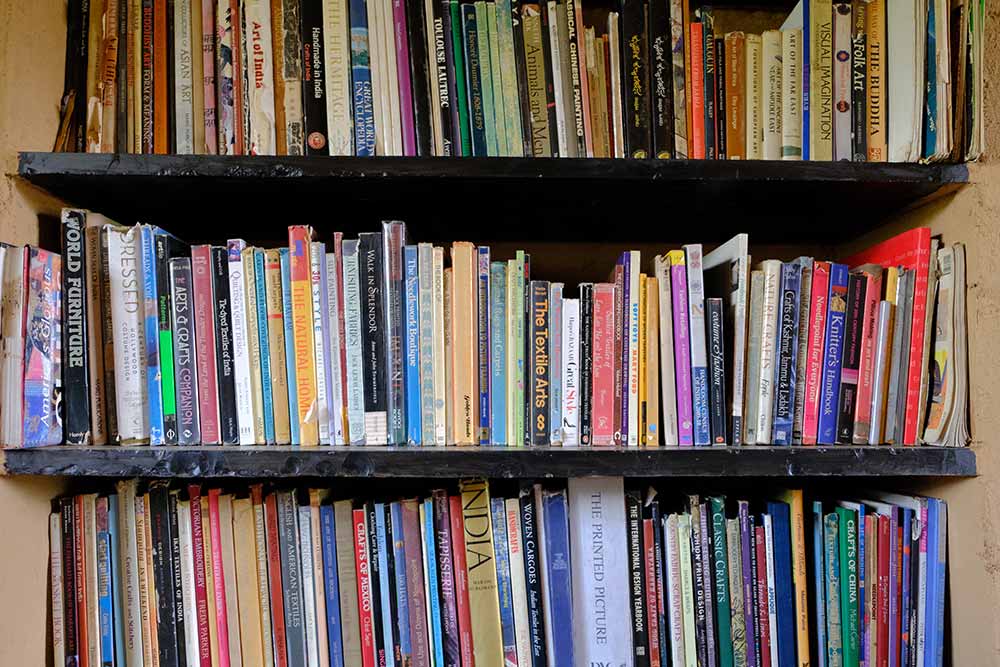

Accommodation
The basic facilities of accommodations provide guests with a comfortable and safe environment during their stay. Each rooms have two beds. Shared bathroom and toilet is a common facility. The bathrooms are clean and gets solar hot water throughout the day. Food is also avilable.
